The Lighthouse played host to established and budding designers last Friday night with an impressive line-up of speakers discussing their work for the Glasgow 2014 Commonwealth Games. The event was organised by Design in Action and Creative Clyde. Here’s a short overview of the night:
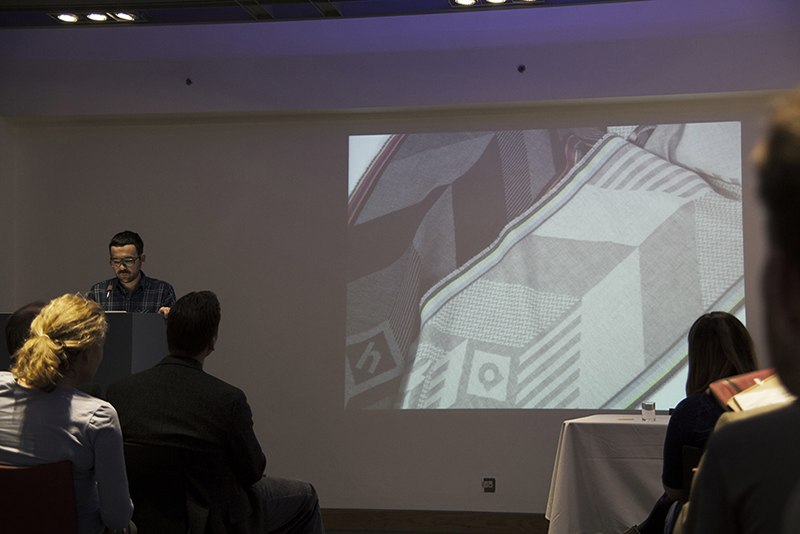
Gabriel Durnam from Graphical House with Home/Away merino wool scarves from Scotland Can Make It!
Graphical House’s Gabriel Durnam kicked off the event with an explanation of their two identities for Commonwealth Games related projects – Scotland Can Make It! and The Empire Café. Scotland Can Make It! is a Panel curated collection of six limited edition souvenirs, designed and manufactured in Scotland. For this logo, they were inspired by wreaths which were traditionally offered to winning athletes at major sporting events. The Empire Café is an exploration of Scotland’s involvement in the slave trade and the logo for this was inspired by the cross section of a ship.
Next up, Lee McLaughlin from IC Mobile Lab discussed how they got involved in a Digital Sprint Competition for the Games. They had 6.5 weeks to deliver an augmented reality app. The end result enabled users to scan Commonwealth banners, which were visible across the city (and beyond), to see Clyde the Games mascot doing a variety of different sports.
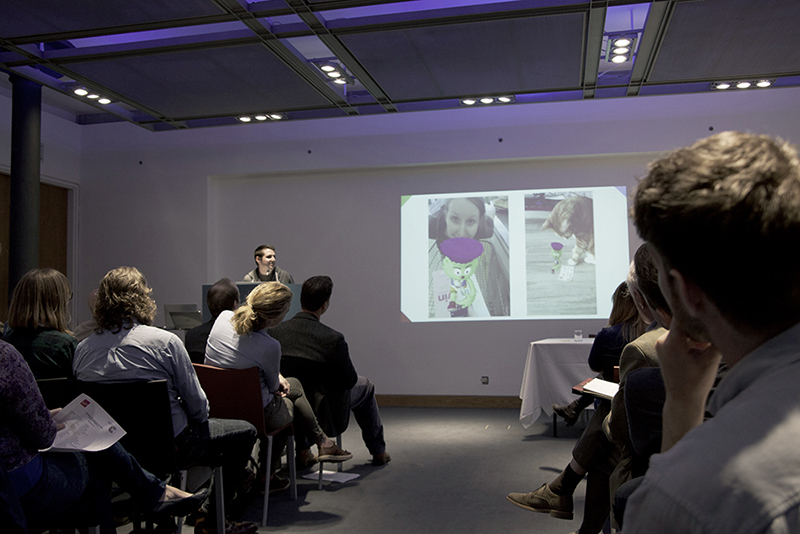
Lee McLaughlin from IC Mobile Lab
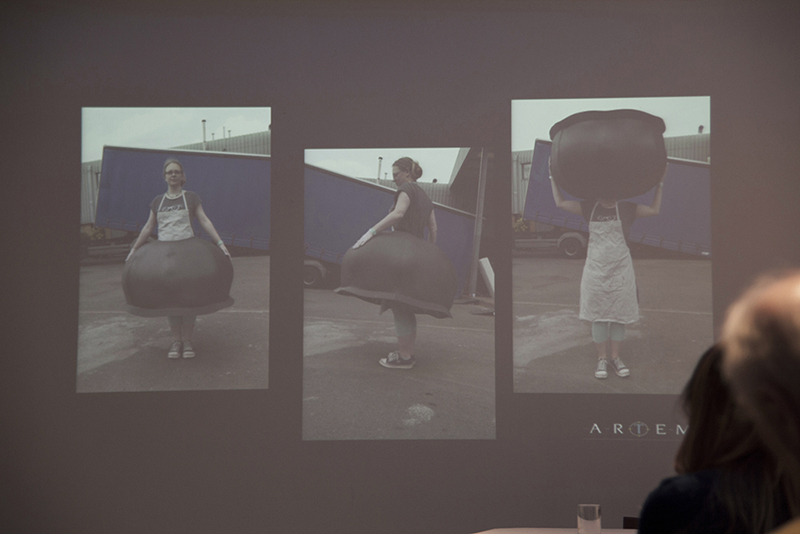
Dancing Teacake Development images by Artem
Mike Kelt from Artem talked about those infamous teacakes you saw dancing around the Opening Ceremony. With offices in Glasgow & London, Artem normally make props for Film & TV. 3D printers were used for smaller props and that giant Gretna Green sign was made using a large 7 axis robot which carves 3D objects with a 0.2mm degree of precision.
William Mitchell from 4C Design (the makers of the Queen’s baton) spoke about having to rethink their usual approach to the product design process. This was not the typical design and build for a market; it was a one-off piece meant to travel the globe. With a large number of key stakeholders all contributing their ideas, Mitchell explained the need to pin down the final design early on in the 6 month project to leave enough time for manufacturing. The lattice structure in their design relates to engineering on Glasgow’s River Clyde and it kept the Queen’s message reassuringly visible within the baton. Kays of Scotland (a curling stone supplier from Ailsa Craig) were involved in making the granite top for the baton. See more about the design of the baton on 4c’s website including images of its manufacturing here.

William Mitchell from 4C Design
ISO Design’s Damien Smith ended the evening with an engaging discussion on creating motion graphics for the immense LED screen at the Opening Ceremony. ISO created over two hours of sequences for the 18 million pixel LED screen using a variety of different techniques. The most challenging aspect of this was the Athlete’s Parade where ISO wanted to show all 71 flags in an interesting and dynamic way by deconstructing the flags themselves and combining them with live broadcast material. See more from Damien about ISO’s work on the Games in a Q&A on Central Station here.
To see Design in Action’s upcoming events, please visit here.
More: Website | Facebook | Twitter
//////
Looking for more blogs? Visit here.


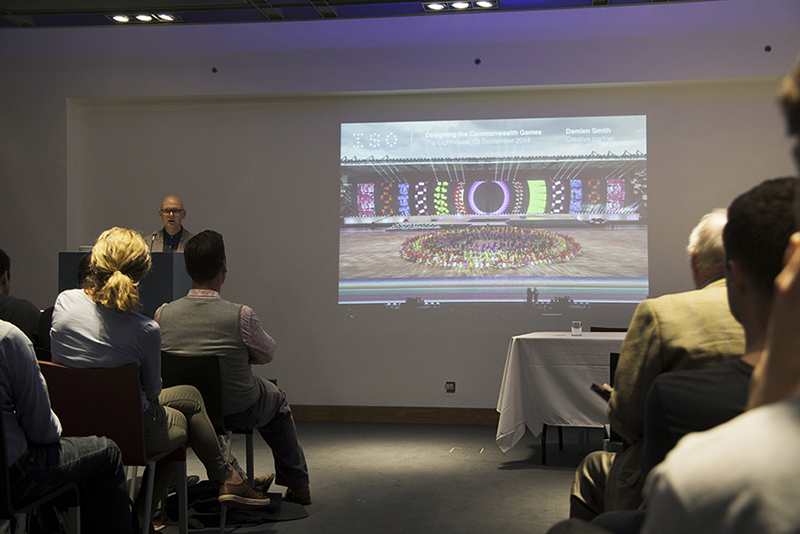

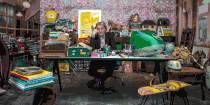










Comments